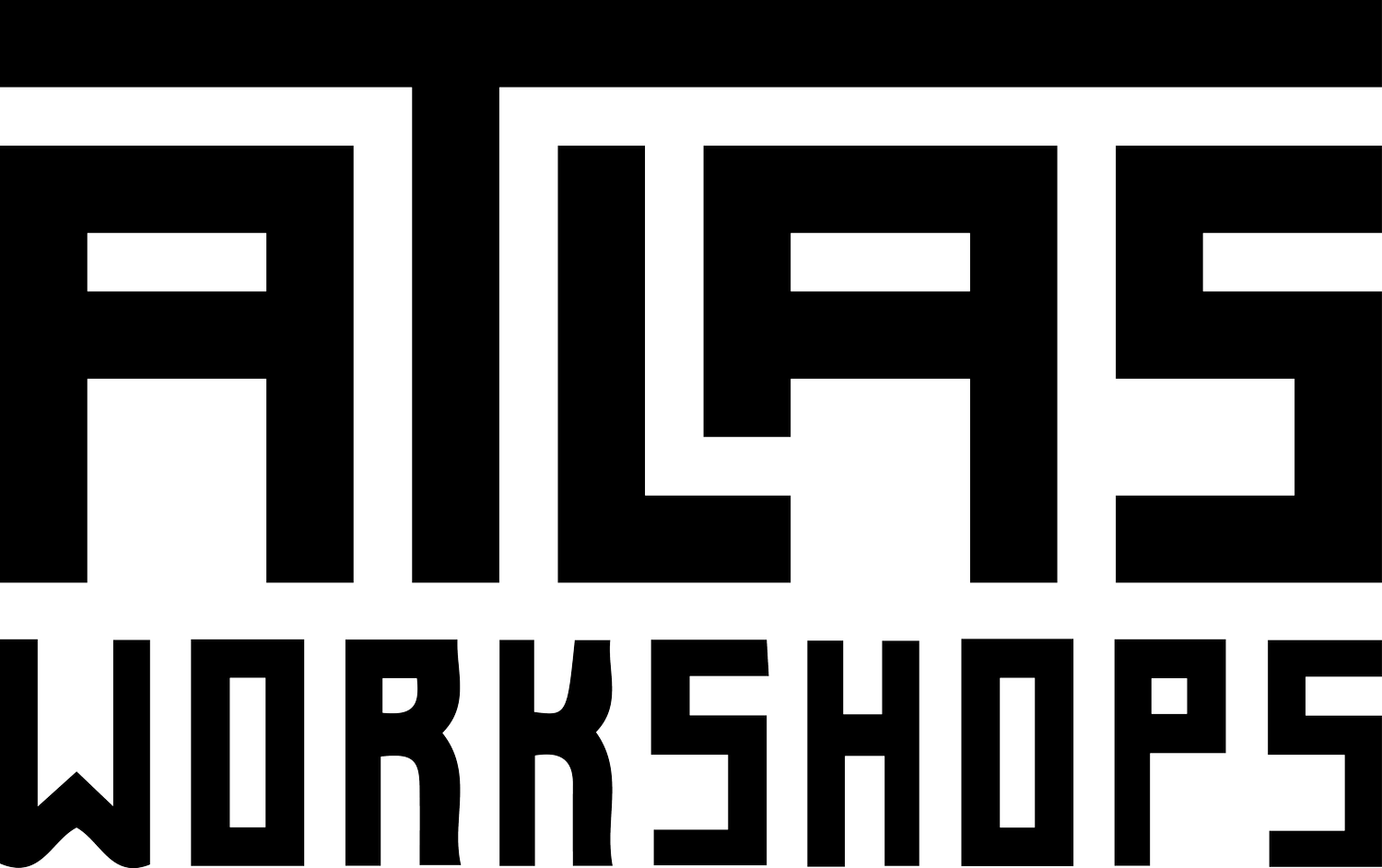A Haitian Road Trip: Part One – Boston to Port-au-Prince (with a jiko)
WHAT TO PACK FOR A WEEK IN HAITI
We’d been hoping for a Haitian cab driver – not that we were feeling chatty at 3:30 AM, but because we needed our driver’s help loading and unloading the jiko, and had hoped to engender goodwill by telling him where we were headed.
We were carrying the jiko, a Kenyan charcoal cookstove, for our friend Susie. Her family manufactures a high-efficiency model in Nairobi, and she had recently moved to Haiti to see if their model would work in Haiti – only to be stopped at the check-in gate by an embargo on anything over 70lbs. The embargo was lifted a few days later.
 Our cab driver was a very serious, sleepy man originally from Bangladesh, who silently helped us lift the cookstove into the trunk of his car and then fought to stay awake as he drove us to the airport. Besides the jiko, we were traveling light. We’d planned an intense itinerary that involved six hotels in as many nights, as well as a two-day hike into Parc National La Visite, near the Massif de la Selle, south of Port-au-Prince.
Our cab driver was a very serious, sleepy man originally from Bangladesh, who silently helped us lift the cookstove into the trunk of his car and then fought to stay awake as he drove us to the airport. Besides the jiko, we were traveling light. We’d planned an intense itinerary that involved six hotels in as many nights, as well as a two-day hike into Parc National La Visite, near the Massif de la Selle, south of Port-au-Prince.
IN SEARCH OF A GREEN HAITI
Atlas Workshops will be returning to Haiti in the spring with a group of high school students who will be studying environmental sustainability. To begin to research Haiti is to become overwhelmed by statistics. Haiti has the worst rates of deforestation in the world: only 2% of Haiti’s forests remain. Half the population lives on less than $1/day; 80% of the population lives on less than $2/day. The purpose of our trip was to set up our itinerary and develop the project. Like all Atlas Workshops trips, we have shaped our Haiti itinerary to respond to a research question, and the trip will culminate in meaningful collaboration with local partners. Through meaningful partnerships, we were hoping to move beyond the statistics, and to design a program that moved from top-down service to learning-based collaboration.
 ‘Have pickup, will travel’ became our motto – we packed our days, visiting anyone remotely interested in our project—and in the process got the road trip of a lifetime, seeing some of the best that Haiti had to offer.
‘Have pickup, will travel’ became our motto – we packed our days, visiting anyone remotely interested in our project—and in the process got the road trip of a lifetime, seeing some of the best that Haiti had to offer.
Plus, we were going in search of the forests—on a pilgrimage of sorts, to Seguin (and Fondation Seguin, which has worked diligently not only to preserve the forests but to promote a sense of environmental stewardship among Haitians), which we had heard was a spectacular cloud forest tucked inside Haiti’s Parc National La Visite – and totally unreachable by car. We’d found blog posts describing the trek, but not enough information to go on. We would have to hike it ourselves.
FIRST IMPRESSIONS: PORT-AU-PRINCE
JENNY: This was my first trip to Haiti, and I found the very idea of this sprawling city-by-the-sea, home to so much destruction, violence, and history, daunting.

My first impressions were of walls: all properties were walled or fenced off, and the effect of the walls was to make the city seem at once infinite and constricted.
We were in Haiti to learn about trees (and deforestation, and reforestation, and grassroots efforts to improve the environmental health of communities)—and so it seemed fitting that we spent our first night in the country at the Eucalyptus Lodge in Port-au-Prince, a family-run guesthouse set in a lush grove of eucalyptus trees.
Our hosts, Ernso and Gina had just celebrated their 30th wedding anniversary, and after we’d dropped our bags and started filling out the paperwork before checking in, Ernso began gushing about his family. He lived and studied in Chicago for several years. When he was a graduate student, living with Gina in student housing, he bought the plans to his current house in Port-au-Prince and kept them on display until he had saved enough to return and build his dream home. We arrived on a Saturday—and so for breakfast the next morning, his staff prepared traditional pumpkin soup for us (soup joumou, which was delicious!)—but he let us know that since he’d worked at IHOP, he can always pull together a pancake feast. Ernso is a preacher, a businessman with several businesses throughout the city, and also works as a consultant, supporting entrepreneurship in Haiti. I found his energy and positivity inspiring.
I love to stay in guesthouses: home-cooked food tastes better, and there are always knickknacks to ask about, stories, photos, history. (Ernso and Gina’s welcoming homestay had the added bonus of several adorable puppies tumbling around the grass!) My conversations at the Eucalyptus reminded me that a positive encounter with a generous, warm and welcoming host can totally shape how you view/approach a new country. I left the Eucalyptus excited about the days to come.
ADAM: Two years ago, I was in Port-au-Prince meeting with different organizations and friends involved in the rebuilding work.
Today rebuilding has shifted to growth and development. Driving through Port-au-Prince, many of the signs of the earthquake are gone. Around the city, old intersections are being replaced with new bridges and traffic lights. New hotels and factories are springing up across the capital. As we climbed the hills behind the city to Petionville, I saw commerce and construction everywhere I turned.
Now, back in Port-au-Prince after having visited Haiti during highs and lows, I saw signs of change out the window. Advertisements for new cell phones, banners of the new president and smooth roads showed me that though Haiti still has a lot of work, the country is on track.
My first trip to Haiti was over five years ago to work with a local community organization on health and engineering projects. What I remember most about working with my Haitian peers was their enthusiasm and pride in their country—and the work we did together to improve their community. Though the country has seen a lot of transformation over the last few years, the heart is still the same. Being back in Haiti was thrilling for me.
THE ROAD TO MIREBALAIS
 The next morning we climbed into our pickup truck and waved goodbye for now to Susie and her giant jiko (the cookstove made the flight unscathed) and our wonderful hosts at the Eucalyptus. We cut through the exhaust-filled streets of Port-au-Prince to wind up into the hills of the Central Plateau. As we climbed, the land around us was so lush, the hills covered in low green shrubbery, that you almost forgot there were no trees – until the scarring of recent erosion on steeper hillsides came into view. The sky above was a limitless blue, and the radio cut in and out with snatches of song. We were excited about Mirebalais, where we would be visiting a rural school, checking out Partners in Health’s new hospital, and connecting with a number of friends and colleagues working in different NGOs.
The next morning we climbed into our pickup truck and waved goodbye for now to Susie and her giant jiko (the cookstove made the flight unscathed) and our wonderful hosts at the Eucalyptus. We cut through the exhaust-filled streets of Port-au-Prince to wind up into the hills of the Central Plateau. As we climbed, the land around us was so lush, the hills covered in low green shrubbery, that you almost forgot there were no trees – until the scarring of recent erosion on steeper hillsides came into view. The sky above was a limitless blue, and the radio cut in and out with snatches of song. We were excited about Mirebalais, where we would be visiting a rural school, checking out Partners in Health’s new hospital, and connecting with a number of friends and colleagues working in different NGOs.
– Jenny and Adam

